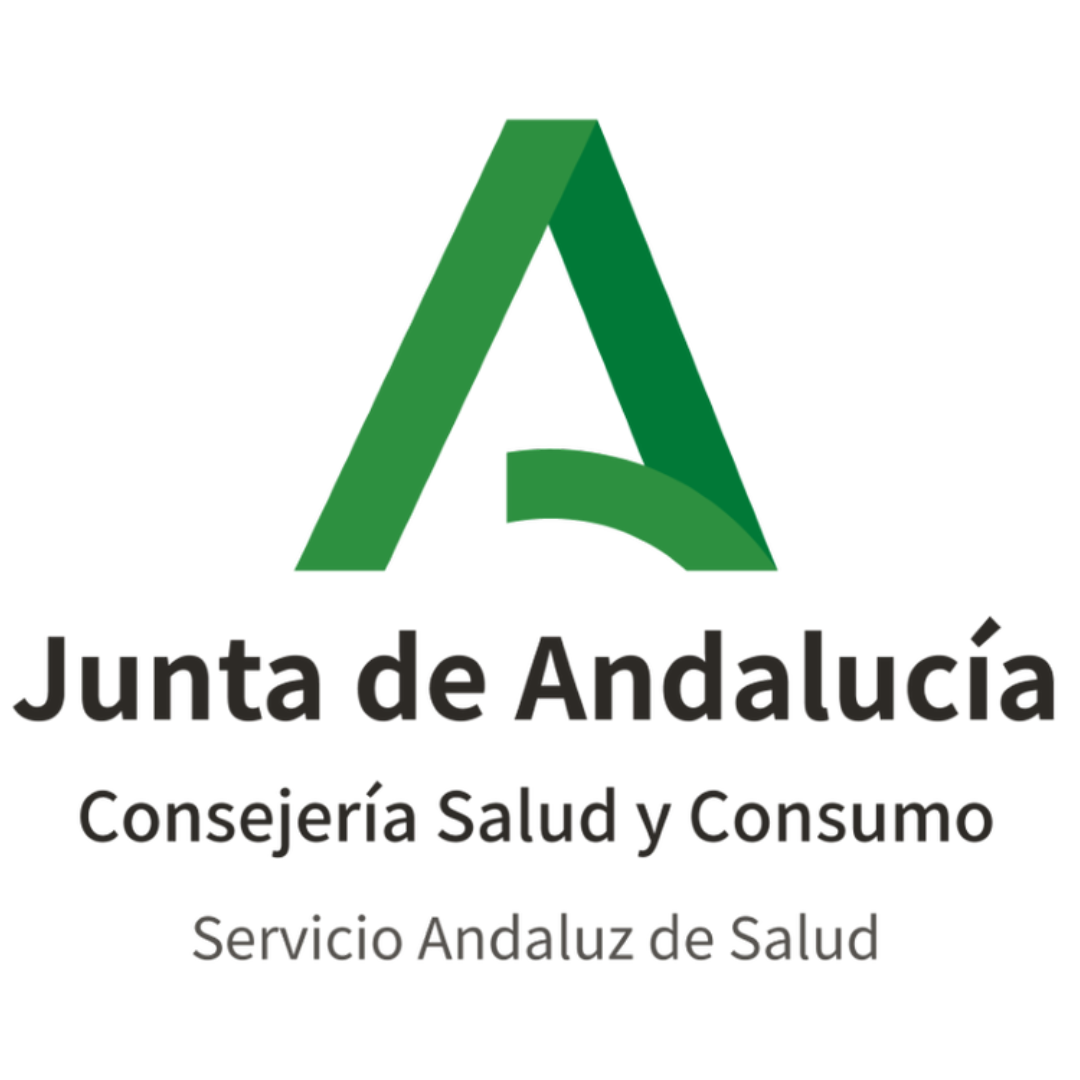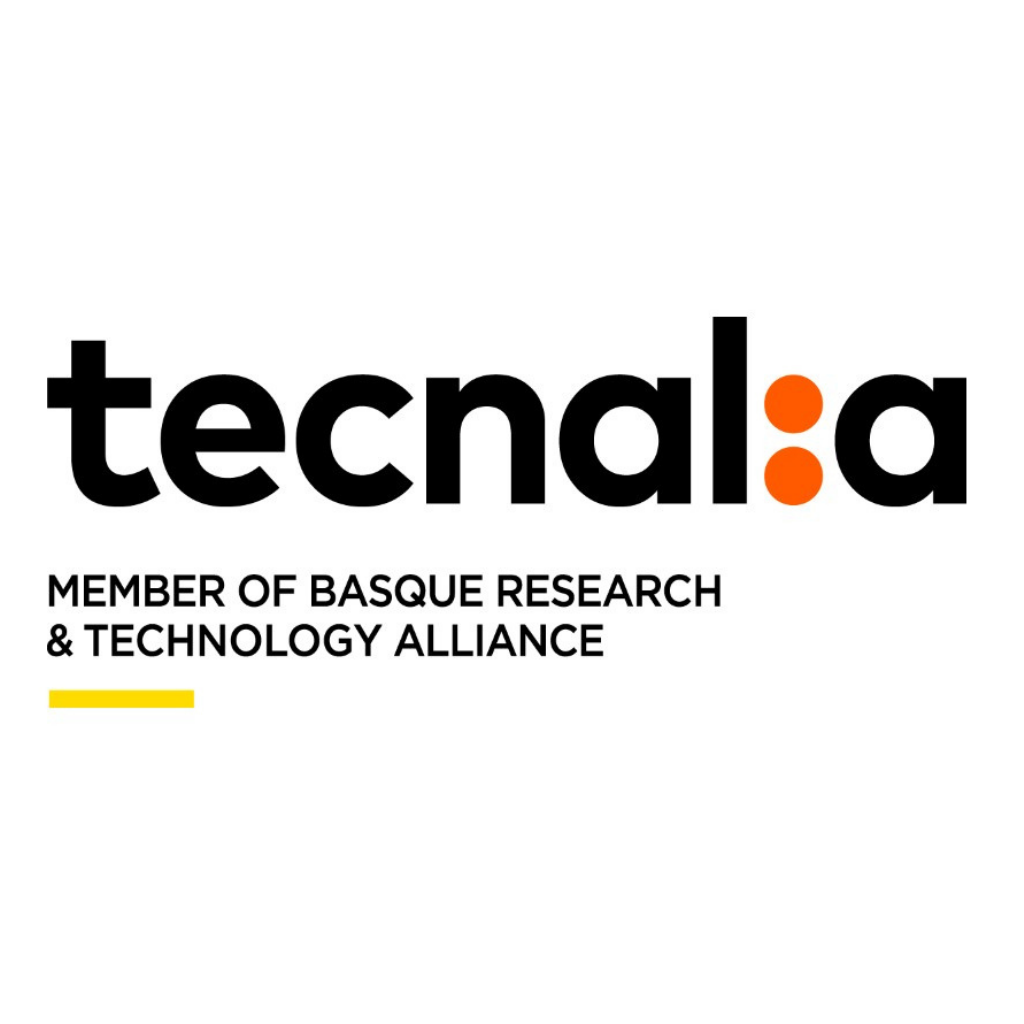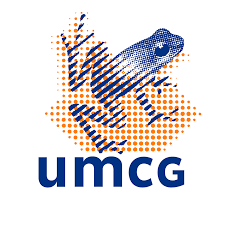Home-care arm rehabilitation
The MERLIN system uses a robotic assistant, software games and a remote connection to a therapist to allow post-stroke patients with upper-limb impairment to undergo physical rehabilitation at home. EIT Health is supporting testing that will help the innovation achieve approval for commercial distribution.
Origins
The EU has 5 million post-stroke patients who are suffering impairment of their upper limbs, and the estimated cost to medical systems and society totals more than €36 billion a year. After typical rehabilitaton, 65% of patients still cannot use the affected limb. There is a need to increase the effectiveness of the treatment and reduce its cost. MERLIN responds to this need, using a robotic assistant and a telecare platform to provide more effective, autonomous and scalable care.
Team
Key experts include:
- Research and innovation: Ainara Garzo and Thierry Keller of Tecnalia Research & Innovation.
- Technology and business: Javier Téllez of GMV Soluciones Globales Internet.
- Medical rehabilitation: Fernando Mayordomo and Pablo Casado of Servicio Andaluz de Salud, and Juha
- Hijmans and Corry van der Sluis of University Medical Centre Groningen.
- Medical devices manufacturing: Sasa Kocic of PROXIMA d.o.o.
- Technology transfer: Gorka Hermoso of Tecnalia Ventures.
The project
The MERLIN project supports development of an innovative, clinically validated, affordable and easy-to-use solution to allow the patient to carry out intensive rehabilitation at home, while still enjoying close supervision and communication from their therapist. The improved feedback allows therapists to adjust each individual’s treatment, thereby improving effectiveness. And by eliminating the need to visit the therapist’s office, the system makes it more likely that patients will undertake more therapy sessions, which also increases the possibility of positive outcomes.
The system is composed of two existing independent assets:
- an upper-limb rehabilitation robot that guides and measures movement and works in combination with computer games – developed under the brand ArmAssist;
- a platorm called antari Home Care, which allows physicians to monitor the evolution of patients’ progress at home and to adapt the therapeutic plan accordingly.
EIT Health support allows integration and validation of the system in home settings, first in a usability test in Spain and then in an study of effectiveness in The Netherlands. EIT Health also supports advances in the CE marking procedure of the system and development of a business model and market strategy – to ensure success in the market.
Impact
For patients:
- A 10-20% increase in the effectiveness of treatment.
- A more than 50% reduction in visits.
- Direct communication with the therapist.
- Ability to manage their own health.
For physicians:
- Continuous monitoring.
- Ability to analyse the efficacy of therapy.
For payers:
- More patients treated per physician.
- Total cost of treatment reduced by more than 25%.
- Improved quality of care.
- Ability to monitor the efficacy of therapy.
Why this is an EIT Health project
This project is in keeping with the EIT Health Focus Area of “Bringing Care Home”, because it allows patients to work on their therapy at home. It is also in keeping with the Focus Area of “Care Pathways”, because it holds out promise of better results from therapy.
External partner:
PROXIMA d.o.o.
Patients using the ArmAssist will be able to practice when they like, where they like, as frequently as they like and as intensively as they like. This will provide them a feeling of independence regarding their recovery, which will contribute to well-being in the post-stroke period.
Clinical partner at The University Medical Center of Groningen (UMCG)
Members

CLC/InnoStars: Spain
Partner classification: Municipality / City, Hospital / University Hospital
Public entity responsible for health care provision in Andalusia, attached to the Regional Ministry of Health and Consumers Affairs of Andalusia. It is a public network providing high-quality, patient-centred healthcare to all citizens in the region, ensuring accessibility, user satisfaction and efficiency. Healthcare services are provided by SAS through a network of integrated healthcare facilities: 1,519 primary care centres, 50 hospitals, 8 coordination centres for health emergencies and more than 123,000 employees distributed throughout Andalusia
Servicio Andaluz de Salud (SAS)
Servicio Andaluz de Salud (SAS), Av. de la Constitución, 18, 41001 Sevilla, España
Key Activities in Research and Developement
Healthcare, testing and validation, digital health, health data
Key Activities in Corporate Innovation
Healthcare innovation, digital health, health data
Key Activities in Social Innovation
Healthcare provision
Key Activities in Business Creation
Technology transfer
Key Activities in Education
University hospitals, health professionals training and education, life-long learning, simulation


CLC/InnoStars: Spain
Partner classification: Research, Tech Transfer, Clusters, Other NGOs
Partner type: Network Partner
TECNALIA is the leading private and independent research and technology organization in Spain and one of the largest in Europe, employing 1,445 people (249 PhDs) and with income of 104 Million € in 2017. Its mission is to transform technology into GDP through the generation of business opportunities for industry. The health division of TECNALIA creates solutions which significantly improve the quality of life through the research and innovation in the fields of neuroengineering, food and health, biomaterials and medical robotics. Areas of specialization: Biomedical engineering, Life Sciences, social sciences, health economics, entrepreneurship training, incubation, finance & investment, technology transfer, Business coaching, testing & validation.
TECNALIA
TECNALIA, Parque Científico y Tecnológico de Bizkaia, Geldo Auzoa, 700 Edificio, 48160 Derio, Bizkaia, España
Key Activities in Business Creation
Incubation, Finance & Investment, Technology Transfer, Business coaching, Testing & Validation
Key Activities in Education
Entrepreneurship training, Technical faculties


CLC/InnoStars: Belgium-Netherlands
Partner classification: Business, Education, Hospital / University Hospital
The UMCG is a large university medical center focused on patient care, education, research and innovation aiming at societal impact and economic growth. The UMCG focuses on healthy ageing in all priority areas: research, clinical care and education.
University Medical Center Groningen (UMCG)
University Medical Center Groningen (UMCG), Hanzeplein 1, 9713 GZ Groningen, Netherlands
